
Automate Oracle 19c deployments on OpenShift Virtualization
Learn how to automate the installation of Oracle Database 19c on Red Hat OpenShift Virtualization using Red Hat Ansible Automation Platform with this guide.

Learn how to automate the installation of Oracle Database 19c on Red Hat OpenShift Virtualization using Red Hat Ansible Automation Platform with this guide.

Learn how to protect secrets, enforce compliance, and build a trusted software supply chain using Tekton Pipelines on Red Hat OpenShift on IBM Cloud.
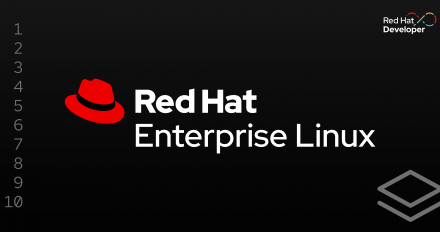
Learn how to use the new RHEL 10 soft reboot feature in image mode (bootc) to significantly reduce downtime for OS updates.
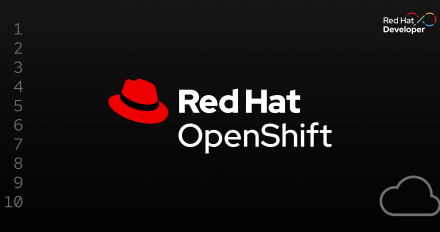
Learn about the external secrets operator for OpenShift (now generally available), including features, benefits, and integrations for enhanced secrets management.
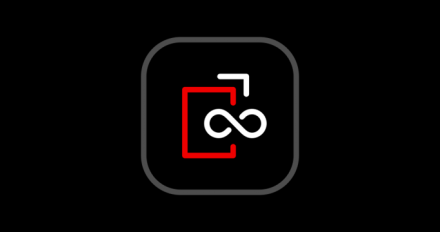
Your Red Hat Developer membership unlocks access to product trials, learning resources, events, tools, and a community you can trust to help you stay ahead in AI and emerging tech.
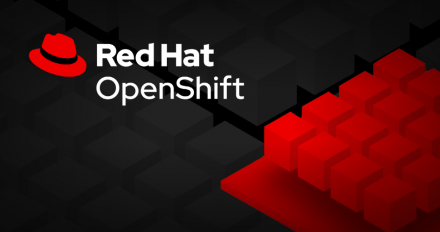
This article discusses the findings of a case study of a Kubelet regression in Red Hat OpenShift during the 1.33 rebase.
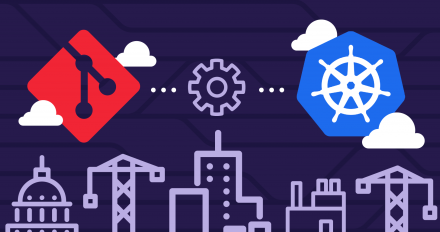
Learn how to leverage OCI for GitOps in OpenShift, reducing infrastructure overhead, strengthening supply chain security, and simplifying operations.

Learn how to scale machine learning operations (MLOps) with an assembly line approach using configuration-driven pipelines, versioned artifacts, and GitOps.
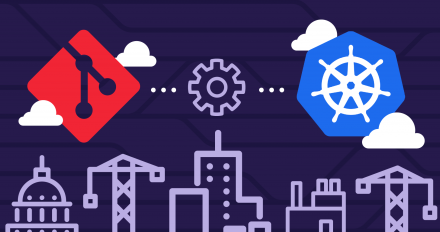
Learn how to use the Argo CD Agent with the OpenShift GitOps Operator.

OpenShift GitOps 1.18 has been released, find out about all of the new exciting
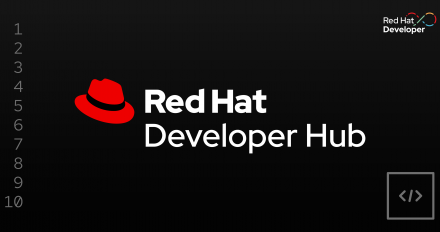
Explore how platform engineering, OpenShift, and Developer Hub create a governed, repeatable, and scalable foundation for enterprise AI.

This article demonstrates how to create enterprise-ready deployments of Microsoft Azure Red Hat OpenShift using Terraform.
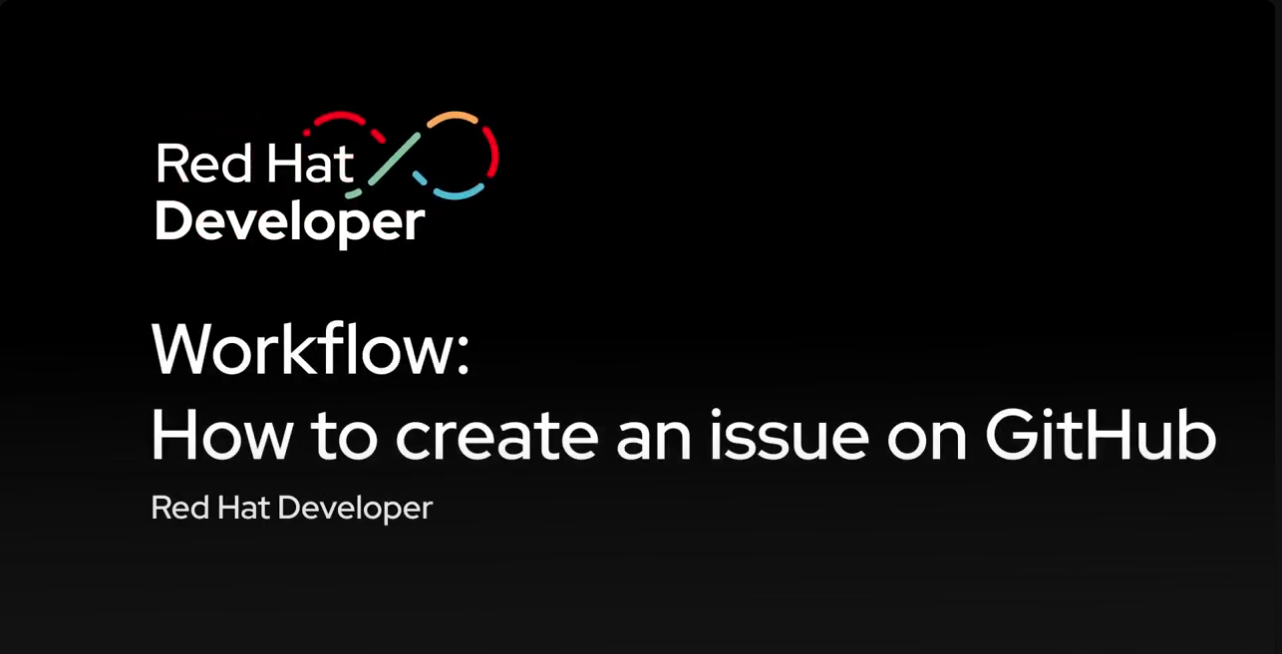
Found a bug? Have new features would like to propose? You don't want to miss this tutorial on how to create them on GitHub in the community. In this video, we will be walking through how to create a GitHub issue to report bugs or suggest any features you would like to propose.
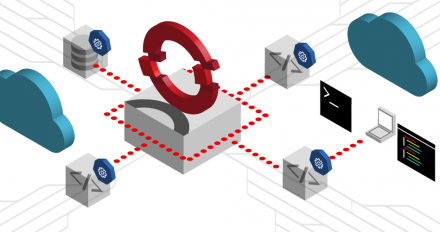
Scale GitOps across your fleet. Use Red Hat Advanced Cluster Management labels with ApplicationSets & Helm to manage conditional, multi-cluster deployments.

Set up an end-to-end CI/CD workflow by integrating Azure DevOps with Red Hat Developer Hub, featuring Azure Entra ID and Developer Hub plug-ins.
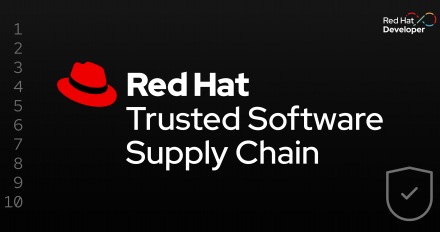
Go beyond performance and accuracy. This guide for technical practitioners details how to implement trust, transparency, and safety into your AI workflows.

Learn how to use Ansible to automate and manage Red Hat Advanced Cluster Management policies for multicluster Kubernetes environments.
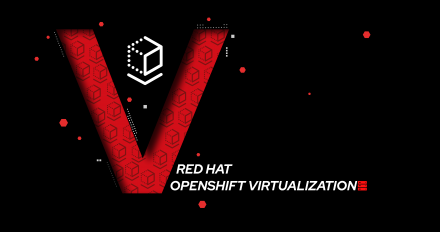
Learn how to create a service for building golden Windows images for Red Hat OpenShift Virtualization with this guide.

OpenShift GitOps 1.17 has been released, find out about all of the new exciting
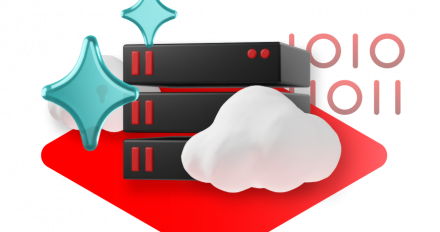
Enterprise-grade artificial intelligence and machine learning (AI/ML) for

Argo CD monitors resources it deploys with a rich set of out-of-the-box health

Learn how OpenShift Virtualization streamlines VM operations, improves security and observability, and delivers cloud-native agility to virtual infrastructures.
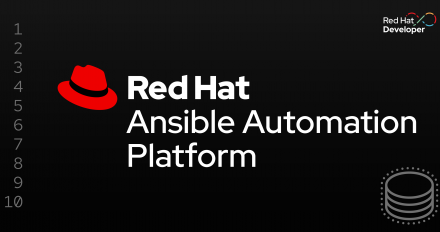
Learn how to build and manage execution and decision environments natively on OpenShift, orchestrated with Ansible Automation Platform.
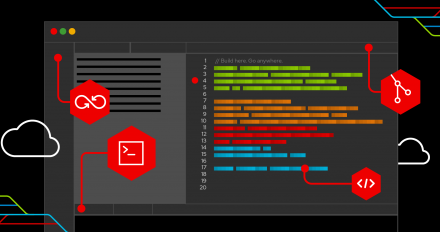
Catch up on the most popular articles published on Red Hat Developer this year. Get insights on Linux, AI, Argo CD, virtualization, GCC 15, and more.
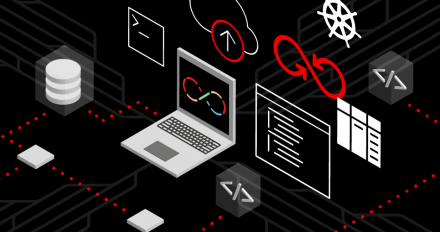
Learn how to manage and configure your Argo CD instances and start deploying applications. (Part 2 of 2)